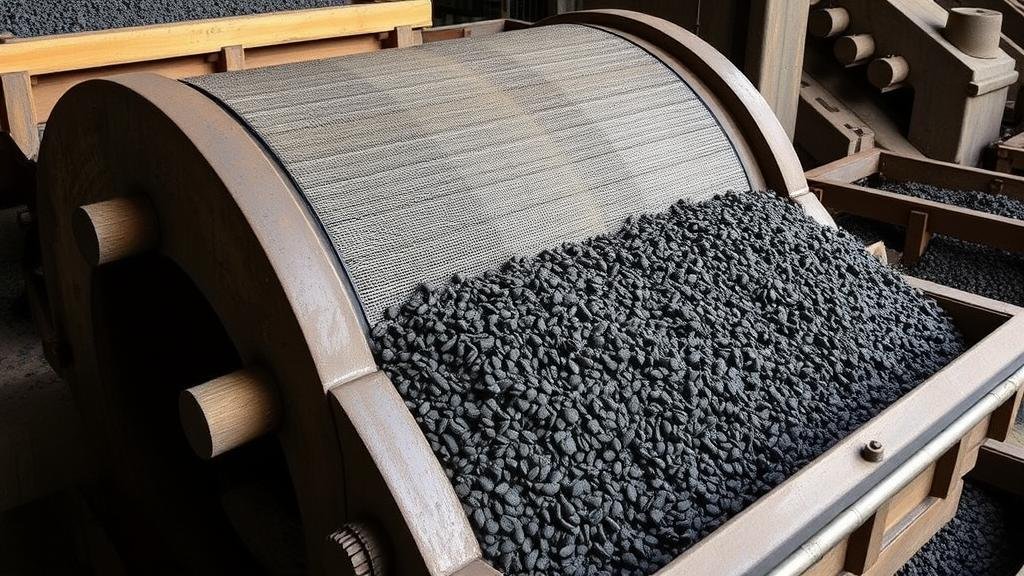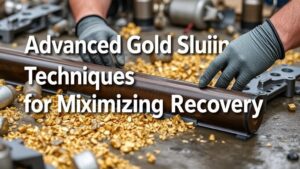The Basics of Agricola’s Rotational Sieves for Sorting Crushed Ore
The Basics of Agricola’s Rotational Sieves for Sorting Crushed Ore
Agricola’s rotational sieves are a significant innovation in the mining and metallurgy sectors, particularly for the efficient sorting of crushed ore. This technology facilitates the separation of valuable minerals from waste material, streamlining the extraction process and enhancing productivity. Understanding the operational principles and applications of these sieves is crucial for industry professionals and researchers alike.
Overview of Rotational Sieving Technology
Rotational sieves, often referred to as trommel screens, utilize a rotating cylindrical structure to effect the separation of different particle sizes in crushed ore. ore is fed into one end of the sieve, where it is subjected to both gravity and centrifugal forces as the cylinder rotates. Larger particles are retained within the sieve until they exit at the far end, while smaller particles pass through the perforations in the sieve’s surface.
- The efficiency of the sieving process dramatically improves the yield of sought-after minerals.
- This technology minimizes manual labor and enhances safety by automating the sorting process.
Mechanical Design and Functionality
Agricola’s rotational sieves typically feature an inclined cylindrical drum, which is mounted on a set of adjustable supports. The main components include:
- Cylindrical Drum: This is the principal part of the sieve where the ore sorting occurs. Its rotation facilitates the movement of materials.
- Screening Surface: The drum contains multiple layers of screens with varying mesh sizes, allowing for selective sieving of particles.
- Drive Mechanism: The rotation of the drum is powered by electric or diesel motors, enabling the controlled speed necessary for effective sorting.
Benefits of Using Rotational Sieves
The adoption of Agricola’s rotational sieves in ore sorting offers several advantages:
- Increased Efficiency: The ability to rapidly process large volumes of crushed ore enhances operational efficiency in mining operations.
- Cost-effectiveness: By improving the quality of the sorted material, companies can increase profitability through better recovery rates.
- Environmental Impact: Reduced waste generation due to more accurate separation of ore types contributes to sustainable mining practices.
Case Studies and Real-World Applications
Several mining operations have successfully integrated Agricola’s rotational sieves into their processes:
- Gold Mining in South Africa: A mining operation implemented trommel screens to separate fine gold particles from slurry efficiently. The innovation led to a 30% increase in gold recovery rates, demonstrating the effectiveness of these sieves in a competitive market.
- Iron Ore Processing in Australia: In a large iron ore mining facility, the application of rotational sieves reduced the labor costs associated with manual sorting while doubling the throughput of processed material.
Addressing Common Concerns
While the benefits of rotational sieves are clear, stakeholders may have questions about their implementation:
- Maintenance Needs: Regular maintenance is crucial for optimal performance. Scheduling routine checks on the mechanical parts can prevent costly downtimes.
- Initial Investment: The upfront costs associated with acquiring and installing sophisticated sieving technology can be substantial. But, the long-term savings in labor and increased production often justify the initial expenditure.
Conclusion and Actionable Takeaways
Agricola’s rotational sieves represent a vital advancement in the classification and sorting of crushed ore, offering significant operational benefits to the mining industry. Understanding their functionality, benefits, and real-world applications can help companies optimize their mineral processing strategies. Investing in this technology can lead to enhanced efficiency, reduced operating costs, and a more sustainable approach to resource extraction.
In summary, the implementation of rotational sieves in mining operations is a clear path towards improved productivity and environmental stewardship, making it a worthwhile consideration for industry professionals.



